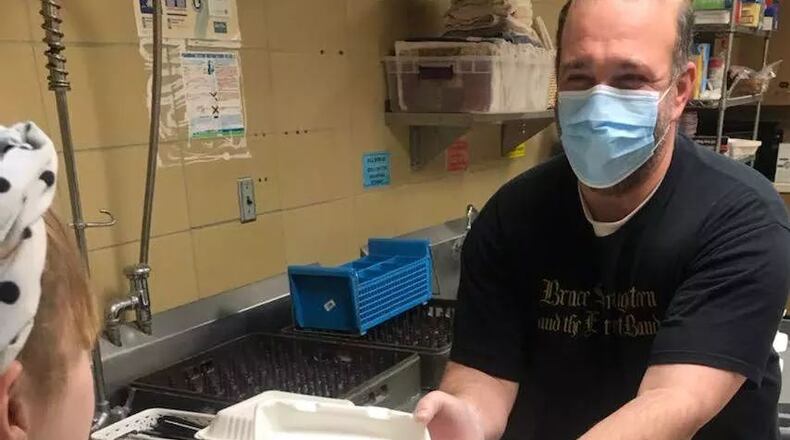The consortium consists of Family Promise of Greene County (formerly Interfaith Hospitality Network), the Family Violence Prevention Center, Miami Valley Community Action Partnership and two Fairborn faith communities.
Lack of affordable housing is one of the largest issues. In 600 counties across the United States, at least 50 percent of renters have spent more than half their household income on housing, according to the National Association of Counties. The magnitude of this ARPA funding, organizations say, is an opportunity for lasting change.
“This is a once in a generation funding opportunity,” said Family Promise’s Stephanie Hines. “We won’t see something like this in the rest of our lifetimes, or our children’s lifetimes.”
ARPA funds projects in five broad categories, including addressing public and private economic impacts, public health expenses and investment in broadband and water infrastructure. However, the legislation also directly established $5 billion for the federal HOME Initiative Partnerships Program to create housing and services for those at risk of homelessness.
The nonprofits could receive and administer ARPA funds directly, or the money could spur housing initiatives through local or state governments. Greene County has not yet decided how it will spend all of its $33 million in ARPA money, but there are other examples at the county level of how this money could address homelessness.
Hamilton County is investing $20 million in recovery funds to construct multi- and single-family affordable housing units, another $10 million to update 60,000 affordable housing units, and $5 million for homelessness prevention through “wraparound” social services.
Prevention, nonprofit leaders say, is key. If a person does fall into homelessness, it can be hard to get back out.
“When you’re living in poverty culture, you’re living for today,” said Will Urschel, Xenia city councilman and vice president of homeless shelter Bridges of Hope. “It’s hard for people to work through the system on their own.”
About the Author

